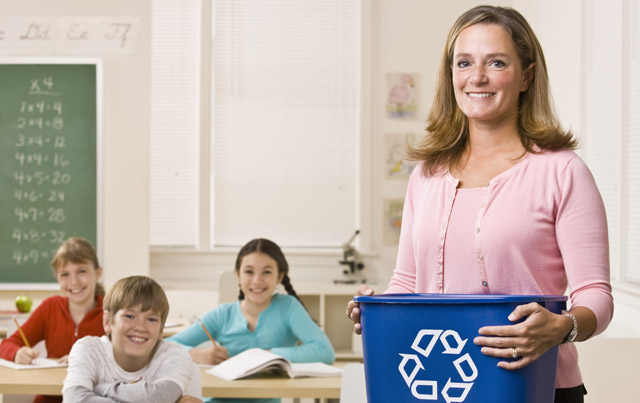
Starting a recycling program in a school is an excellent way to help keep the local environment clean and teach students stewardship of their planet and community. However, starting a program in a larger school requires a good deal of planning and forethought in order to implement successfully.
What Items Will You Recycle?
Every municipality has different requirements for waste management. Find out first if your town uses single stream recycling or multi-stream. A single stream means that recyclables do not have to be separated and can all be placed together. Conversely, a multi-stream program requires separate recycling containers for each type of recyclable.
The most common items that are recycled in a school are aluminum cans, plastic bottles, cardboard containers, and paper. Plan to utilize enough receptacles to contain each type of item with sufficient capacity. Brainstorm where these recycling containers needs to be placed, such as in the classrooms, cafeteria, by vending machines, library, gym, athletic fields and seating, as well as administrative offices and teachers’ lounges.
Where Should Your Bins Be Placed?
After determining what type of program and what needs to be recycled, the next question is location. The more convenient recycling becomes the greater participation that will be achieved. This goes for both students and faculty.
Recycling bins should be situated as close as possible to where waste is generated. Paper recycling containers should be near copiers and printers as well as where students might clean out their notebooks. Plastic bottle recycling containers should be in the cafeteria and near vending machines. In general, each should be placed in high traffic areas, clearly visible, and close to wherever trash is generated.
Collecting Your Recyclables
All of the waste has to be gathered into one place for pickup and disposal. While janitorial staff can handle this task, schools will need additional large scale recycling containers for use alongside regular dumpsters. These have to be sited as well.
Hauling Away The Waste
Once the recyclables have been gathered and are ready for disposal, one last step remains. The waste has to be picked up and taken to a recycling center. This can happen in a number of ways depending on whether the municipality has a local recycling center and public trash haulers or if a private company has to be contracted for haul away. Look for low cost solutions, including utilizing grant and incentive money or a private hauler who will pay for or discount your program’s cost.
A well structured recycling plan, once presented to administration, is much more likely to be approved and will have a greater impact on the school and the environment. Setting up a school recycling program isn’t just good for the environment today — the impact you’ll have on the way tomorrow’s leaders value the environment will have an immeasurable impact on the world tomorrow.











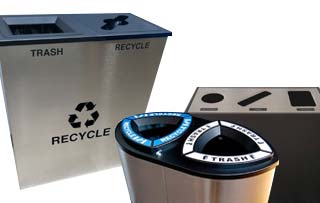









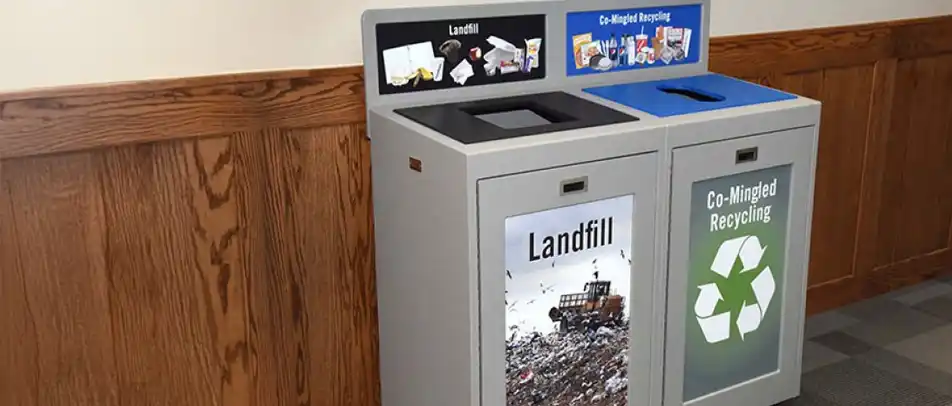










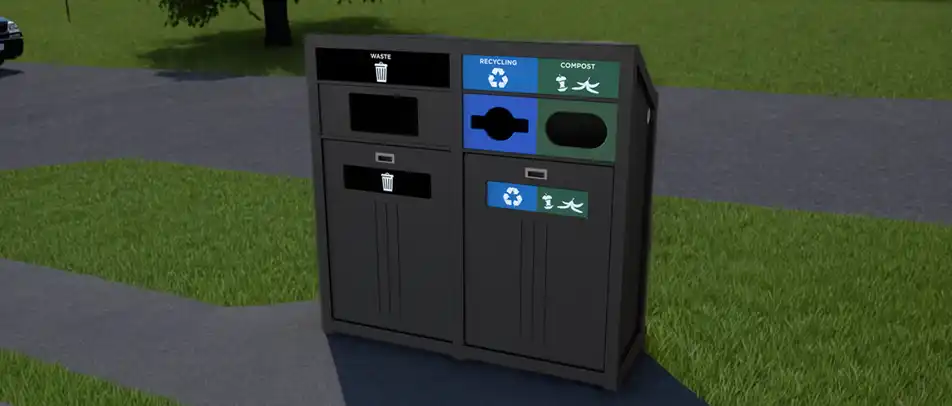












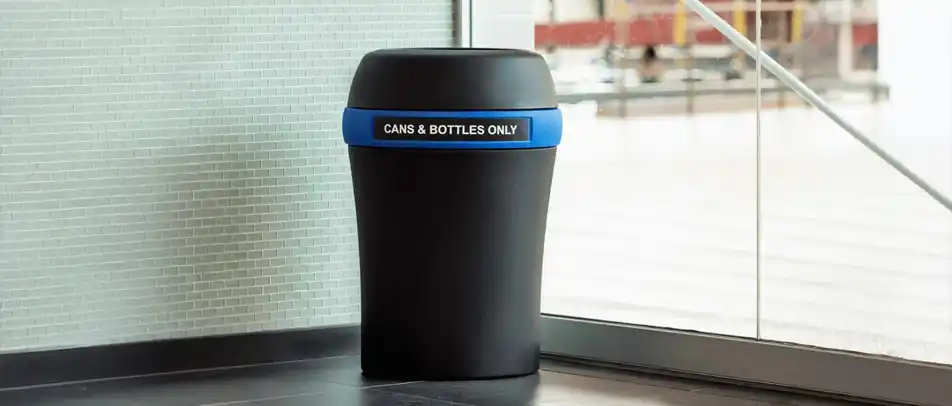









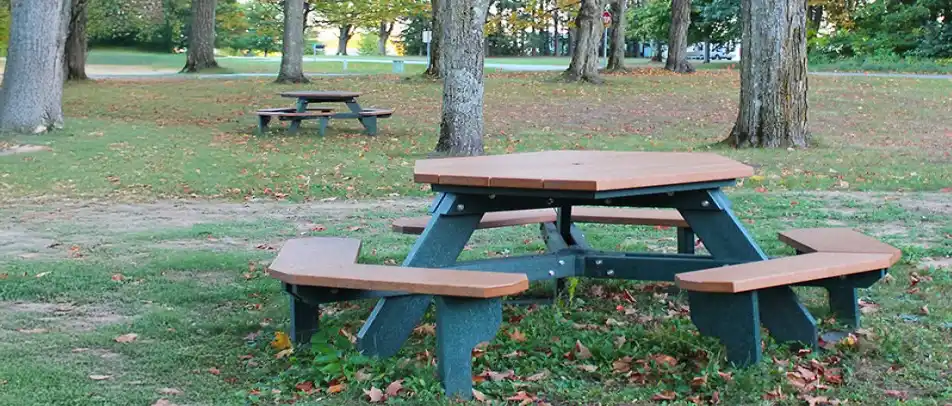
































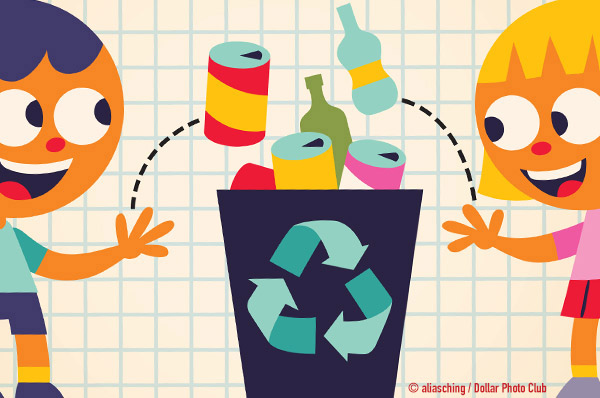 Motivate Kids to Use Recycling Bins
Motivate Kids to Use Recycling Bins 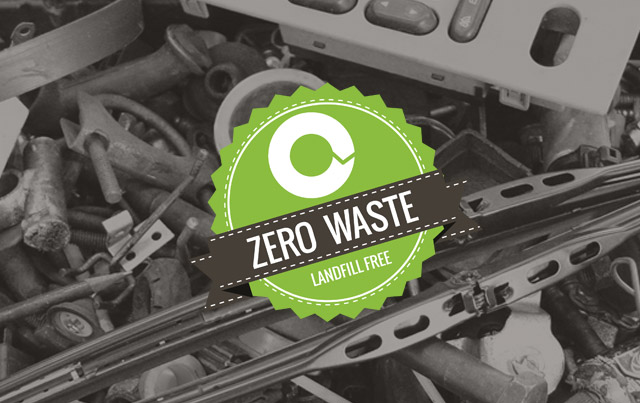 How Can I Achieve Zero Waste?
How Can I Achieve Zero Waste? 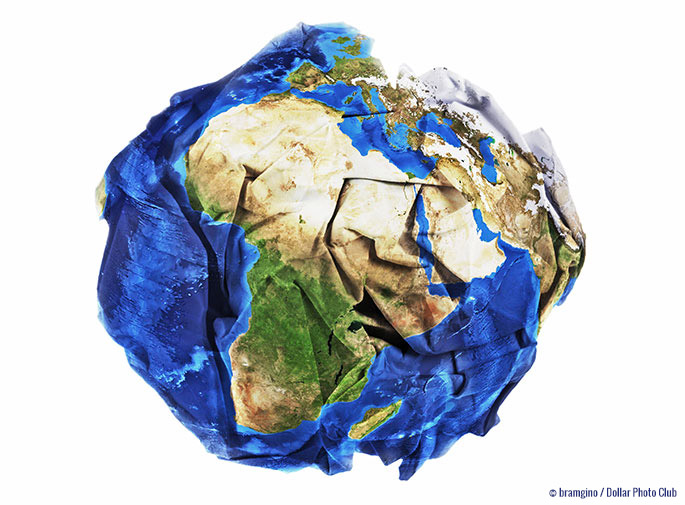 7 Ways To Use Less Paper
7 Ways To Use Less Paper 

Hey, just ran into this site from digg. It is not an article I would regularly read, but I liked your spin on it. Thanks for making something worth reading!
Thanks. I’m sure this campaign would be a success. Hope you get a lot of volunteers for this. Something else that’s related to your campaign is a video I saw on the GreenopolisTV YouTube channel. You should see it. http://youtu.be/xyH957EEXWE